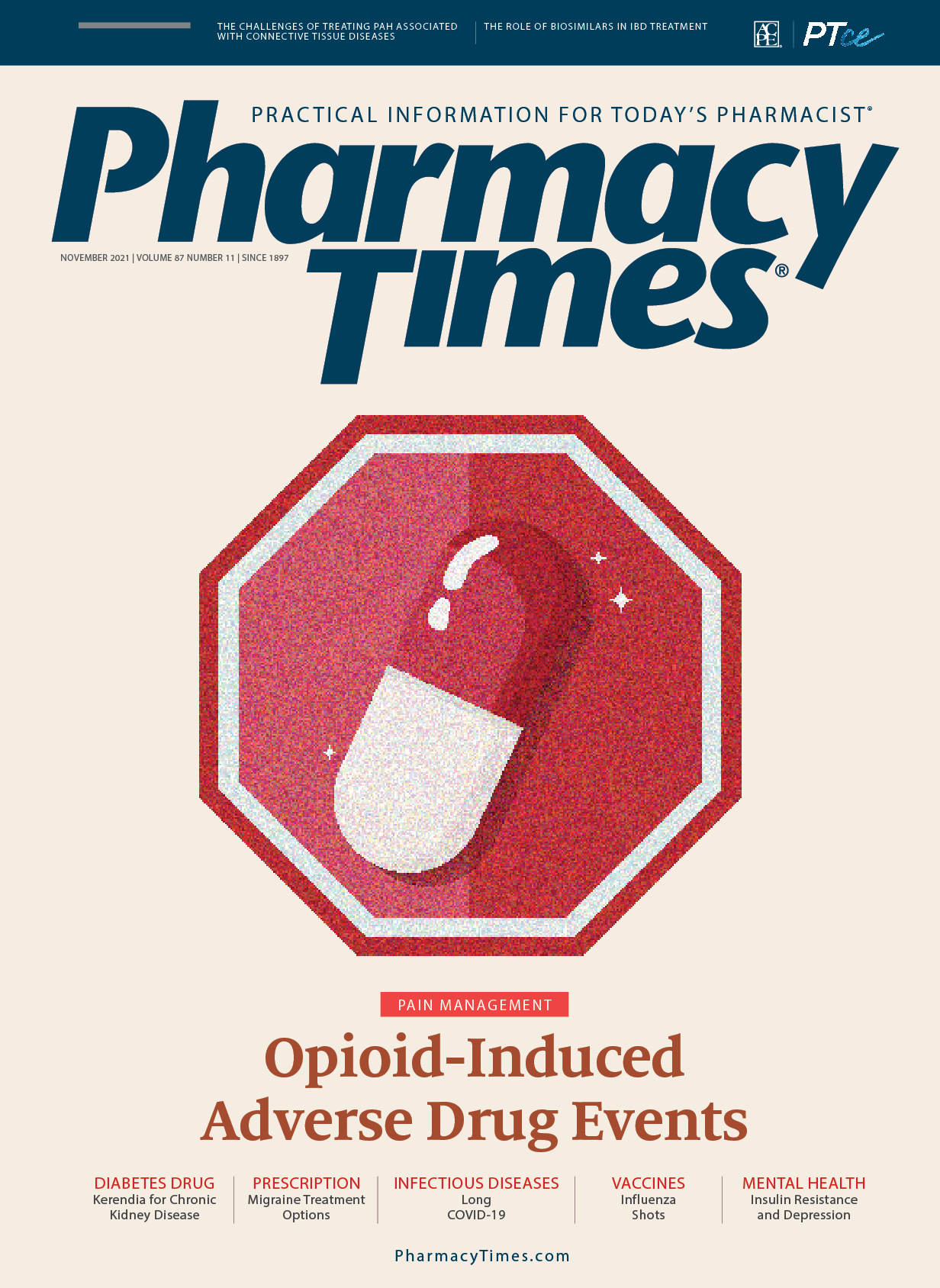Publication
Article
Pharmacy Times
Walgreens Doubles Down on Care Team Integration
But the role of the pharmacy chain in health systems, primary care, and specialty is uncertain.
In late September 2021, Walgreens announced a $970 million investment in Shields Health Solutions, increasing its stake in the company to 71%. The new investment allows Walgreens to integrate more fully into health systems’ medication and patient-provider flows and referrals.
Forbes has reported that “more than 1 million specialty patients across more than 30 disease states, with more than 70 health system partners nationwide”1 have migrated to Walgreens over the past few years owing, at least in part, to its stake in Shields. Only a week after the Shields deal was announced, word got out that Walgreens was evaluating a buyout of Evolent Health, a care management and population health company with a market capitalization of more than $2 billion that has an even higher volume of care team member and health system clients.
Just 2 weeks later, Walgreens announced a purchase of controlling ownership in VillageMD, with the goal of opening 600 primary care clinics adjacent to the pharmacy chain’s locations by 2025 and 1000 by 2027.2 The price for a 33% increase in ownership was $5.2 billion, making Walgreens’ total planned spending spree in September 2021 nearly $9 billion. Walgreens had a market capitalization of more than $40 billion as of October 2021, so these investments represent a significant move for the pharmacy chain.
Patient Capture Goes Well Beyond Foot Traffic
Although CVS was the first pharmacy chain to enter the basic primary care services business with MinuteClinic, it was soon followed by others, such as Kroger’s Little Clinic in the “convenience care” marketplace. The most recent trend has been to expand on-site services, or in the case of VillageMD, sometimes near-site services, to potentially include primary care physicians and combine chronic care delivery and convenience. With Walgreen’s large investment into health system integration and standalone primary care clinics, the company is betting big on the theory that pharmacies will be the new front door to the health care system. Even CVS has changed its branding and service strategy toward so-called health hubs to align with this trend.
Continued Fallout From Lack of Movement on "Provider Status"
Let’s be honest. “Provider status” is all about the ability of pharmacists to bill payers for cost-effective and patient-friendly service. Some consider collaborative practice agreements to be a variant of provider status or even a means of billing “incident to” to a credentialed provider under direct supervision.
Yet in nearly all the scalable services-based revenue generation circumstances that are most common across the United States, pharmacists must be tethered to credentialed providers who can bill for health care services delivery. At this point, corporate boardrooms have tired of the promise of pharmacist billing and are not looking at pharmacies as places where pharmacists can provide billable health services. Rather, they are viewing pharmacy locations as the best points of patient capture, driven by OTC needs and prescription dispensing, allowing for more streamlined nonpharmacist engagement and referral and leading to a visit with a billable provider or laboratory. If pharmacists cannot bill, they will surround themselves with providers who can. If pharmacies cannot own 340B inventory, they will surround themselves with providers who can.
Pandemic Changes Consumer Expectations About Community Pharmacies
Community pharmacies are providing a huge number of COVID-19 vaccinations. Many pharmacies are testing for COVID-19 and some are independently treating patients with monoclonal antibodies; interestingly, this most often occurs by referral from other care team members. The past 2 decades have brought about a slow rebranding of pharmacies as locations of health care services delivery. The pandemic has been an accelerant. We regularly see administrators and policymakers giving an encouraging message about “going to your local pharmacy for [fill in the service].”
What Is the Role of the Pharmacist in a Modern Pharmacy?
It seems somewhat comical as well as scary to pose this question. But it is a measured and serious one when we consider that many Fortune 30 companies are in the pharmacy business in some way, though it is not necessarily their principal business. Rather, pharmacy has become a means to another end.
Walgreens Boots Alliance’s new CEO Roz Brewer mentioned pharmacist involvement in a recent interview with CNBC. According to the article, she said that clinics will simplify care for patients and that “Walgreens and VillageMD will have pharmacists and physicians who work together. They will have access to the same tech platform that pulls together medical records. And they’ll be at a convenient location, a short walk or ride away.”2
Time will tell how well pharmacists and physicians work together in these new integrated settings of care.
Troy Trygstad, PharmD, PhD, MBA, is vice president of pharmacy provider partnerships for Community Care of North Carolina, which works collaboratively with more than 2000 medical practices to serve more than 1.6 million Medicaid, Medicare, commercially insured, and uninsured patients. He received his PharmD and MBA degrees from Drake University and a PhD in pharmaceutical outcomes and policy from the University of North Carolina. He also serves on the board of directors of the American Pharmacists Association Foundation and the Pharmacy Quality Alliance.
John Vinson, PharmD, is chief executive officer and executive vice president of the Arkansas Pharmacists Association. He is also the executive director of the Arkansas Pharmacy Foundation and chairman of the Arkansas Immunization Action Coalition Board of Directors.
REFERENCES
1. Japsen B. Walgreens to buy $970M majority stake in specialty pharmacy developer. Forbes. September 21, 2021. Accessed October 29, 2021. https://www.forbes.com/sites/brucejapsen/2021/09/21/walgreens-to-buy-970m-majority-stake-in-specialty-pharmacy-developer/?sh=70be416037b2
2. Repko M. Walgreens boosts stake in primary-care company VillageMD with a $5.2 billion investment. CNBC. October 14, 2021. Accessed October 29, 2021. https://www.cnbc.com/2021/10/14/walgreens-






